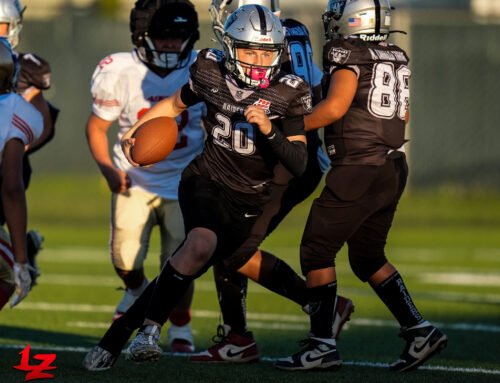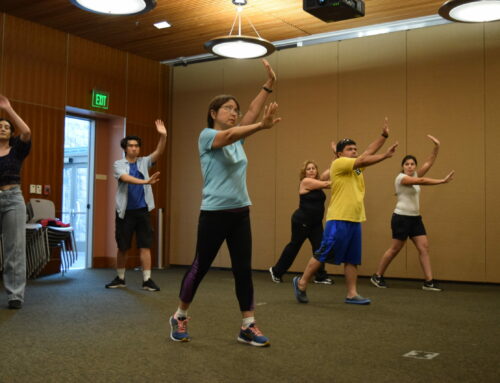Published in the September 12 – 25, 2018 issue of Morgan Hill Life

Increasing numbers of pets can be found traveling to downtown, into stores, restaurants, etc. Official and unofficial dog parks are thriving as people strive to keep their pet socialized and exercised. However, the impacts of these changes are often ignored. Increased exposure to other dogs increases the chances for disease and parasite transmission. Proper vaccination, deworming and flea control in all social pets helps keeps all of them healthy by providing “herd immunity.” Regular parasite control and responsible poop-scooping can help prevent transmission of parasites, especially to children. And unfortunately, an increasing number of these pets taken out in public do not belong in a social setting. Untrained, poorly socialized, people/dog aggressive pets should be trained and exercised in a setting where they can comfortably work and exercise.
In the home, increasing construction has driven rodents, feral cats and wildlife into residential areas. They are inadvertently fed and supported by food left out for outdoor cats and food/hay in outdoor rabbit hutches. With this wildlife comes disease and parasites. Even if you have an “inside” dog, unless it goes potty indoors, it is exposed to fleas. Fleas are brought in to yards by wildlife and will live in grass until another carrier (your pet) comes along. Consistent flea prevention is essential for all pets. Diseases from wildlife, like leptospirosis, can also contaminate backyard water sources such as fountains, ponds and creeks.
Cats are not immune. More concentrated developments mean more outdoor cats roaming neighborhoods. Increasing density of outdoor cat populations means increased risk for fights, transmission of parasites and increased transmission of infectious diseases. Many feral cat populations also exist in housing and business developments. The colonies are fed by locals and flourish in many cases. Local cat groups offer trap-neuter-release programs which attempt to maintain numbers and health in these colonies. Despite their efforts, these groups just cannot keep up with the growing numbers of cats.
Many view our growth as a great thing. But in order to maintain health and harmony in pets, we have to start thinking big … about the effects our actions have on the public and the effects of the increasing growth on the individual. Everyone needs to take responsibility for their pet’s health and behavior in order to keep the public safe. And we, as pet owners, need to reassess our pet’s lifestyle and risks for disease.
Dr. Jeanne Haggerty-Arcay received her undergraduate degrees in biology, biochemistry and Spanish from the College of Notre Dame, Belmont. She graduated from U.C. Davis School of Veterinary Medicine. She enjoys spending time with her husband and three young children.






